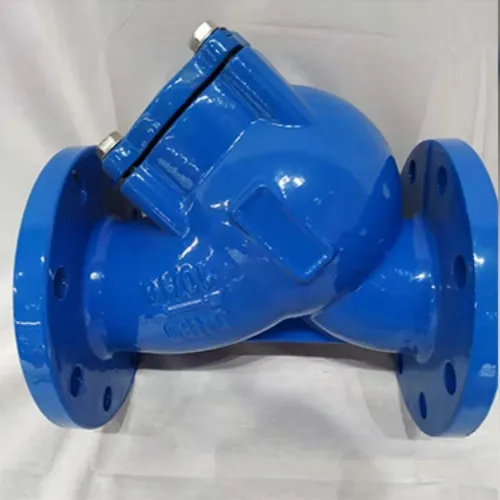Dez . 04, 2024 15:55 Back to list
magnetic vee block
Understanding Magnetic Vee Blocks A Comprehensive Guide
In the realm of precision machining and engineering, the need for accurate and reliable workholding solutions is paramount. Among various tools employed to ensure precise setups, the magnetic vee block stands out as a versatile and indispensable piece of equipment. This article delves into the characteristics, applications, and advantages of magnetic vee blocks, shedding light on why they are a favored choice in workshop environments.
What is a Magnetic Vee Block?
A magnetic vee block is a specialized workholding tool designed to securely hold cylindrical or irregularly shaped workpieces during machining processes. The block typically features two opposing V-shaped grooves, allowing it to cradle round objects efficiently. The magnetic component refers to the built-in magnets that provide a powerful and adjustable clamping force, enabling users to firmly hold workpieces in place.
Key Features
1. Magnetic Clamping The primary advantage of a magnetic vee block is its ability to hold materials securely without the need for additional clamps or fixtures. This magnetic force can be activated or deactivated with a simple switch, enhancing efficiency and safety during manufacturing processes.
2. Versatility Magnetic vee blocks can accommodate various shapes and sizes of workpieces, making them suitable for diverse applications such as milling, grinding, inspection, and welding.
3. Durability Typically constructed from robust materials like hardened steel, magnetic vee blocks are designed to endure the rigors of machine shops and offer long-lasting performance.
4. Precision The inherent stability offered by magnetic clamping allows for precise machining operations, reducing the risk of movement that can lead to inaccuracies.
Applications of Magnetic Vee Blocks
Magnetic vee blocks find their use across various industries due to their adaptability and reliable performance. Some common applications include
magnetic vee block

2. Quality Control and Inspection In quality assurance environments, magnetic vee blocks serve as reliable fixtures for holding parts during measurement and inspection procedures, facilitating accurate assessments of dimensions and tolerances.
3. Welding When welding cylindrical components, magnetic vee blocks provide stable support that keeps the workpiece securely in position, preventing movement during the welding process.
4. Fabrication and Assembly In assembly operations, these blocks assist in securely holding parts in alignment while additional components are added or fixed.
Advantages of Using Magnetic Vee Blocks
The incorporation of magnetic vee blocks in machining and fabrication processes presents numerous advantages
1. Enhanced Efficiency The ability to quickly secure and release workpieces reduces setup time, allowing for a more streamlined workflow.
2. Improved Safety By providing a secure hold, magnetic vee blocks minimize the risk of workpieces shifting unexpectedly, which can lead to accidents and injuries.
3. Cost-Effectiveness The versatility of magnetic vee blocks means that a single block can serve multiple functions across various projects, reducing the need for multiple specialized fixtures.
4. User-Friendly Setting up a magnetic vee block is straightforward, requiring minimal training for new users. This accessibility helps in enhancing productivity and reducing downtime.
Conclusion
In summary, magnetic vee blocks are essential tools in modern machining and fabrication practices. Their robust design, magnetic clamping capabilities, and versatility make them suitable for a wide range of applications, from precision machining to quality control. With their ability to enhance efficiency, safety, and accuracy, magnetic vee blocks contribute significantly to the successful execution of projects across various industries. Investing in quality magnetic vee blocks can lead to improved operational effectiveness and higher quality outputs, making them a worthwhile addition to any workshop or manufacturing environment.
-
thread-plug-gauge-our-promise-of-measurement-excellenceNewsAug.22,2025
-
gauge-pin-class-reflecting-quality-legacyNewsAug.22,2025
-
check-valve-types-for-high-rise-buildingsNewsAug.22,2025
-
water-control-valve-for-irrigation-systemsNewsAug.22,2025
-
gate-valve-with-soft-seal-technologyNewsAug.22,2025
-
y-type-strainer-for-oil-and-gas-applicationsNewsAug.22,2025
Related PRODUCTS









